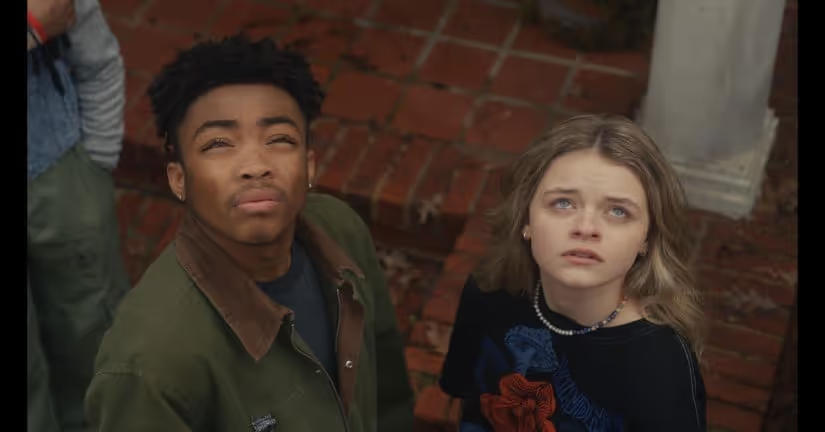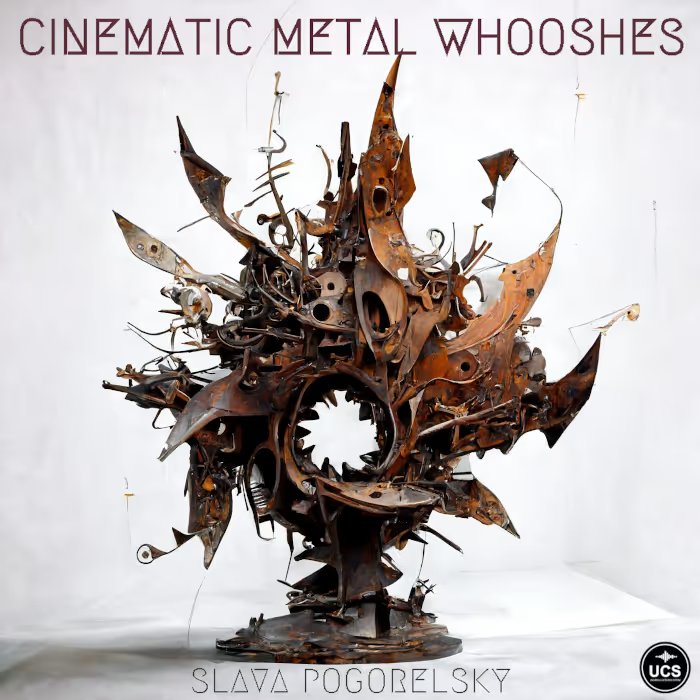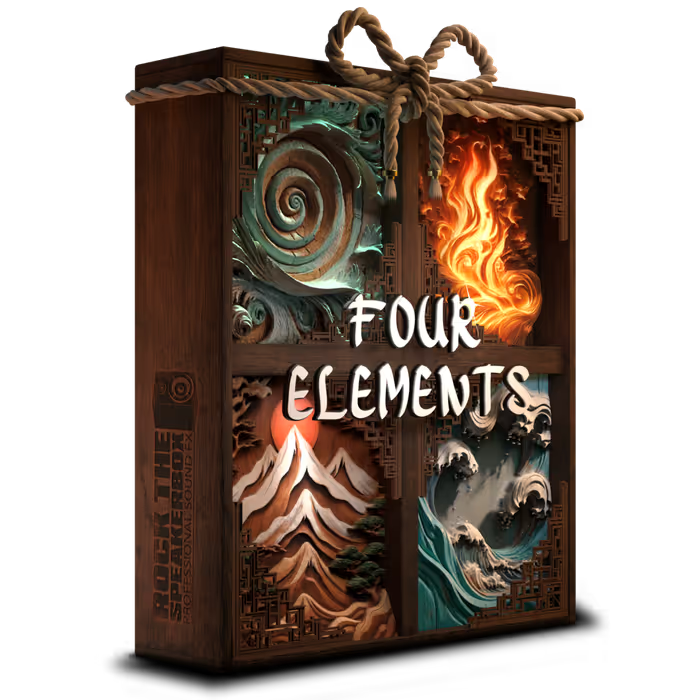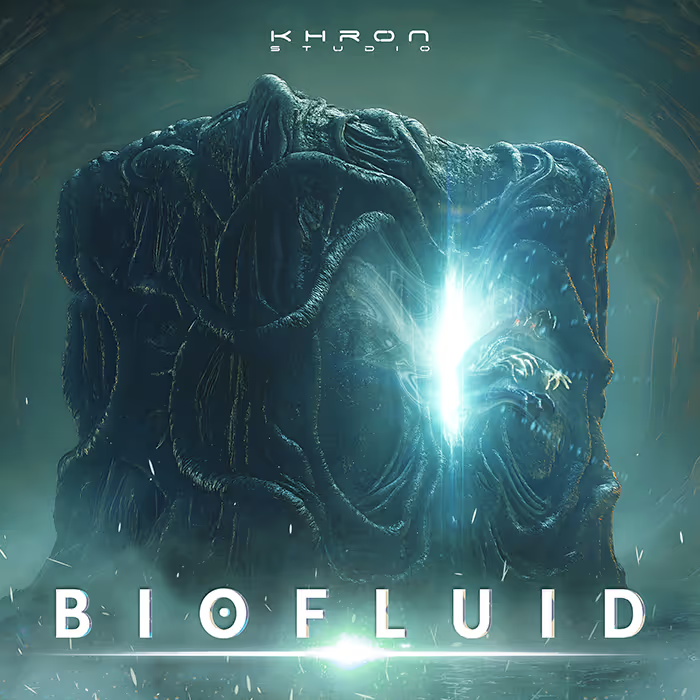Director Cory Finley’s Sundance premiere Landscape with Invisible Hand doesn’t shy away from alien-human interactions. Set in the near-future, an alien race, the Vuvv, takes over Earth and impoverishes humanity, so a young couple devises a plan to make money by streaming their dating life as entertainment for the aliens.
To make communications between the aliens and the human ‘believable,’ Finley needed to come up with an alien language. He teamed up once again with sound supervisor/sound designer/re-recording mixer Gene Park, with whom he’d worked on Bad Education.
Park, who final mixed the film on Stage A at Formosa Group NY, is known for his sound work on Ari Aster’s Midsommar and Lulu Wang’s The Farewell. He asked 2x-Emmy-winning re-recording mixer/sound designer Ruy Garcia (known for his work on HBO series The Night Of and Boardwalk Empire, and feature films like Marcel the Shell With Shoes On, After Yang, Sorry to Bother You, and more) to help work on the alien communication as well. Here, Park and Garcia talk about their process of discovery for creating the alien language, creating the sound for unique spaces and alien tech, mixing in Dolby Atmos, and more!
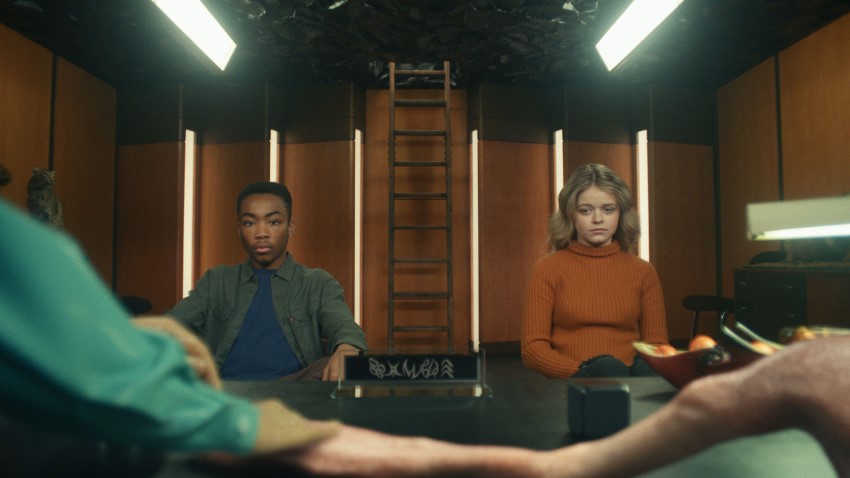
What were director Cory Finley’s goals for sound on Landscape with Invisible Hand? And what were your creative ideas on how sound could help to tell or support this story?
Gene Park (GP): Cory had many goals for this film, a particularly crucial goal was to develop a language for the alien species, the Vuvvs. The Vuvvs have scripted dialogue and I was tasked with creating a tangible way for the Vuvvs to communicate with each other and to humans. It had to work creatively for Cory, visually for the VFX Artist Erik-Jan de Boer, (who did a fabulous job), and it had to resonate with audiences. The Vuvvs essentially have to speak twice for each line, once in their language and once in English, and we wanted to avoid pacing issues.
…I was tasked with creating a tangible way for the Vuvvs to communicate with each other and to humans.
The script had some 90 to 100 lines of dialogue. My ideas involved creating this language, designing a sound and method for real-time English translations so the actors could understand them, devising a way to playback both of these “lines” for the shoot, and hopefully be an enjoyable experience for audiences.
Ruy Garcia (RG): Cory contacted me through Gene [Park], who supervised and mixed the film, to help figure out an alien nonverbal language he could use for the film. He was still working on the script and was about to start with the Vuuv animation stage. I started to do some research on animal communication with friends from the University of Texas in Austin and began to play with recordings and processing for Cory to evaluate.
We experimented with applying vocal patterns and envelopes to pitched-down insect stridulations. This made really cool multi-layered sounds but they were too complex to be used practically throughout the film.
We experimented with applying vocal patterns and envelopes to pitched-down insect stridulations.
Then we tried different percussion instruments with rubbing, hitting, and scratching. A percussionist friend helped me and I made a sample instrument that could be virtually controlled in ProTools. We got some beautiful patterns but they sounded musical and gimmicky.
We then started rubbing different objects together, using food graters, vegetables, and other rough surfaces – recording them with a contact mic.
Finally, processing, pitching, and reversing sandpaper blocks and a wooden frog toy my daughter had given me gave us something we could use that wouldn’t get in the way of the robotic voice translation
Finally, processing, pitching, and reversing sandpaper blocks and a wooden frog toy my daughter had given me gave us something we could use that wouldn’t get in the way of the robotic voice translation. We also started playing with different rhythmic ideas about how the characters would communicate, punctuate, and differentiate business or logical concepts versus emotions, etc.
We had a lot of fun discussions and ended up with a small library that Cory could use for his pre-production and work with actors. Gene then took this idea to a whole other expressive level by working with his foley team (Matthew Haasch and Jay Peck). It might sound simple on the finished soundtrack, but there is a lot of nuance and complexity in what they did.
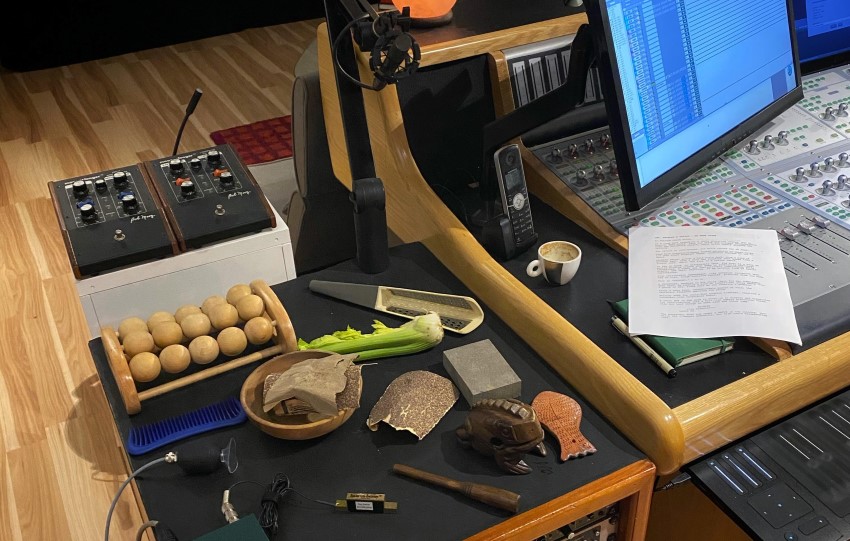
If you had to pick one scene that best represents your sound work on this film, what would that be? Can you describe the scene (in general terms) and what went into your sound work on it?
GP: I’d say the first scene when the principal characters interact with a Vuvv. They’re in a sort of office up in the earth’s atmosphere, we wanted to create a space that’s somehow bizarre, cave-like, yet not too far out of the realm of being within the atmosphere. Incorporating a feeling of movement and unconventional room reflections. And that’s also when the dialogue between the two species first occurs.
RG: Don’t want to reveal the plot, but there is a scene near the end of the movie inside a cavernous space with a multi-shutter door system. The challenge was to make it organic and avoid typical cyber-punk metallic effects. We had a lot of fun playing with animal sounds and panning them around the room during the Atmos mix.
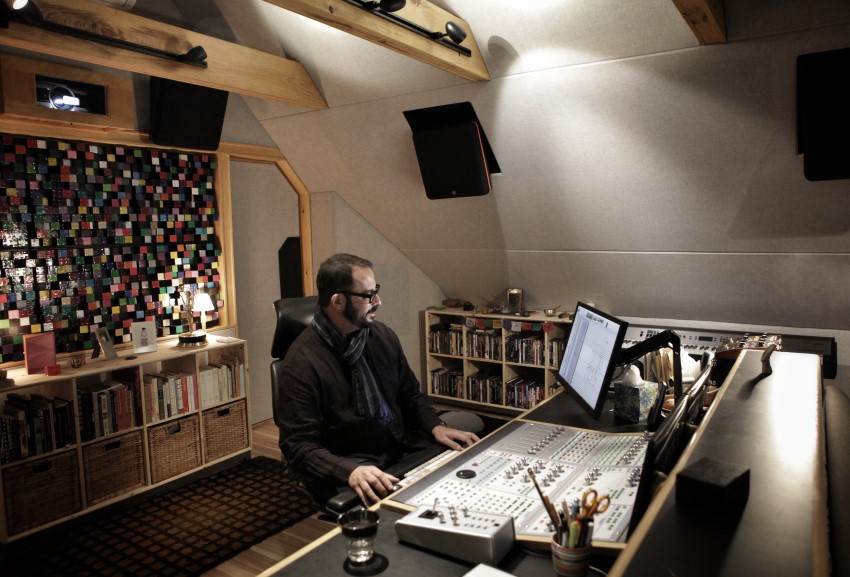
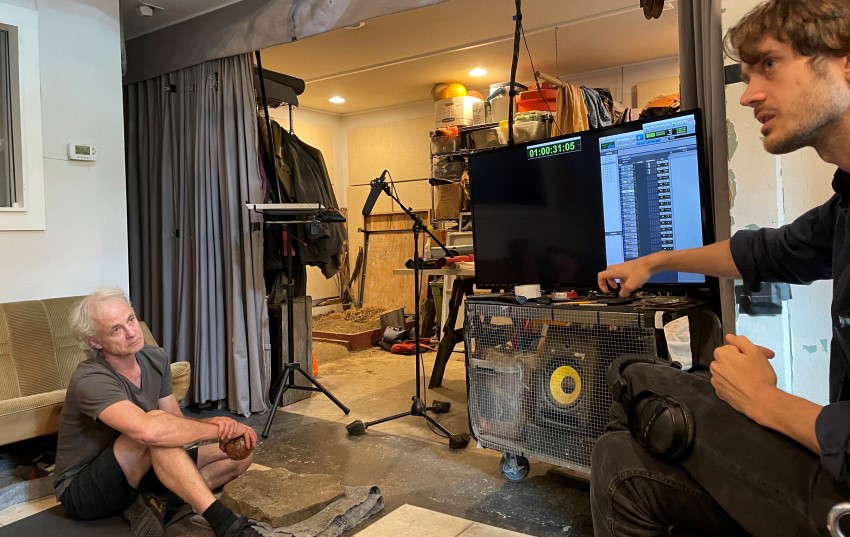
Indie films typically have restricted budgets and therefore don’t use a lot of CGI. But what the filmmakers lack in funds, they make up for in creativity. How were you able to use sound to help the filmmakers achieve a cool sci-fi/alien effect without having to put it all on-screen?
The process was complicated because each Vuvv line was essentially two lines…
GP: Because of the unique nature of the film, there were some roadblocks that made the filmmaking process tricky. The big one was that the Vuvv’s communication would dictate the actors’ work, the alien’s design and movements, and the picture edit. Cory, Erik, and I first started discussing ideas in 2020, developing the communications in late spring 2021. We decided to create all the lines before the shoot. The process was complicated because each Vuvv line was essentially two lines: the Vuvv’s communication method and the “sound-to-speech” technology style for the characters and the audience.
But that ended up being a very good move and cost-effective; we were able to playback the dialogue during the shoot so the actors could interact with the Vuvvs in real time, and Erik and his team were able to start working on the visuals straightaway. If this film was made conventionally, the process would have been extremely difficult.
[tweet_box]SUNDANCE 2023: Designing an Alien Language for ‘Landscape with Invisible Hand’ – with Gene Park and Ruy Garcia[/tweet_box]
What was your favorite single sound that you created for this film? What went into it?
GP: There’s a number of sounds I quite like. One, in particular, is the sound of the hovering Vuvv “development” in the atmosphere. A Roland SH-101 was used in combination with some modular LFO triggers to create drones that are enveloping but not too “sci-fi.”
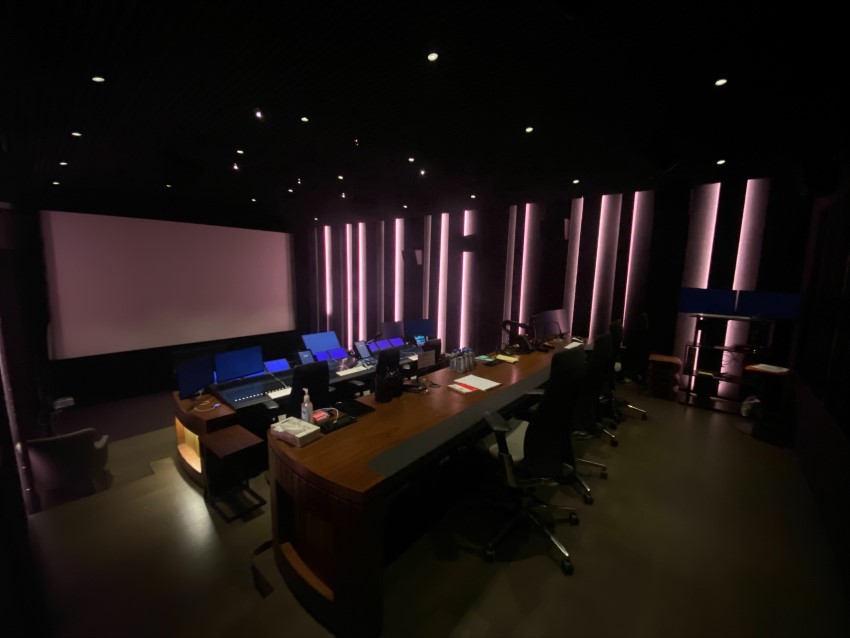
What have you learned while working on this film that has helped you to grow your craft – as a sound artist and sonic storyteller?
GP: I learned so much on this film with respect to our communication conventions, and how much we as a species (as well as audiences) rely so heavily on these conventions. Press conferences that involve translators can be very stilted and awkward because timings and meaning deviate from the typical conversation.
…since we had the challenge of 2:1 conversations, I had to re-train myself to ignore certain aspects of communicating…
Getting the timings right was crucial for this film, and since we had the challenge of 2:1 conversations, I had to re-train myself to ignore certain aspects of communicating so I wouldn’t fall into any traps of the conventions we wanted to avoid. Since a typical film sound edit doesn’t create two deliveries for each line, I didn’t have any experience with this, and it was as if Landscape was my first project ever.
Filmmaking too…we as a sound department, and I’d venture to say Erik and his VFX team, and Lou Ford the editor and her team, had to re-calibrate and create certain things “backward,” since sound design, which is often last in the filmmaking process and dependent on other departments, was first in this film. It goes without saying that this process was very unique, and at times extremely confusing and challenging, at least for me.
A big thanks to Gene Park and Ruy Garcia for giving us a behind-the-scenes look at the sound of Landscape with Invisible Hand and to Jennifer Walden for the interview!

